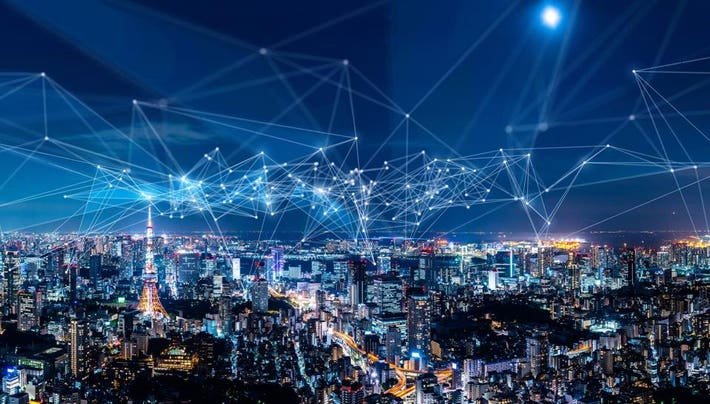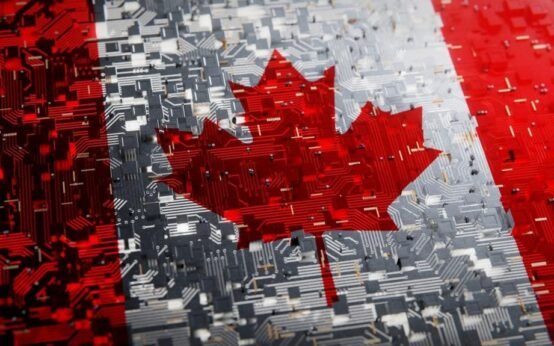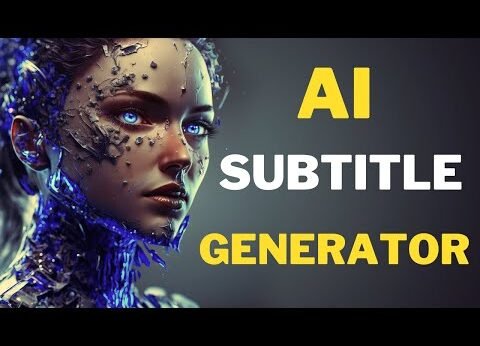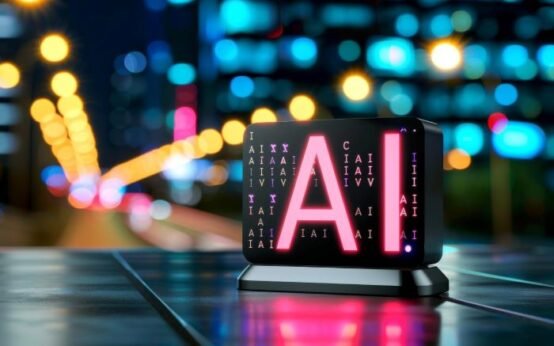Urban life is evolving rapidly due to Technologies advancements. From transportation to energy management, digital innovations are reshaping city operations and how people interact with their environment. As cities grow and face challenges like climate change and resource constraints, technology plays a key role in improving efficiency and sustainability. One of the most transformative concepts is the rise of smart cities.
Table of Contents
What is a Smart City?
To understand how technology is reshaping urban life, it’s crucial to first address the question: what is a smart city? A smart city uses digital technology and data analytics to enhance the performance, well-being, and sustainability of its residents while reducing resource consumption. By integrating data from IoT (Internet of Things) devices, sensors, and other technologies, smart cities can optimize everything from energy use to public safety, traffic management, and healthcare services. The aim is to create more efficient, sustainable, and connected urban environments.
Key Technologies Reshaping Urban Life
- Internet of Things (IoT)
The Internet of Things (IoT) is one of the foundational technologies driving smart cities. IoT refers to the network of physical devices that are embedded with sensors, software, and other technologies to connect and exchange data with other systems. In urban settings, IoT is used for a wide variety of applications, including traffic management, waste management, and energy consumption monitoring.
For instance, IoT sensors installed in streetlights can adjust brightness based on real-time data, improving energy efficiency.
- Big Data and Analytics
Big data plays a crucial role in smart cities by providing real-time information that can inform decision-making. With sensors and digital tools capturing vast amounts of data about urban life, city planners can use analytics to monitor everything from traffic patterns to air quality and energy use.
- Artificial Intelligence (AI)
Artificial Intelligence (AI) is increasingly being integrated into urban management systems to automate processes, predict trends, and enhance decision-making. AI-powered systems can optimize traffic management by predicting traffic patterns and adjusting signals accordingly, reducing congestion and travel times. AI is also being used to improve public safety. Sand Technologies leverages AI and data analytics for smart city projects.
- Autonomous Vehicles
Autonomous vehicles (AVs) are expected to revolutionize urban transportation. Self-driving cars, buses, and even drones could drastically reduce traffic congestion, decrease emissions, and improve overall mobility in cities. AVs can communicate with smart traffic systems to navigate roads more efficiently and avoid accidents.
- Smart Infrastructure
Smart infrastructure includes everything from energy-efficient buildings to intelligent roads and bridges. Cities are incorporating advanced materials and construction methods to make buildings and roads more sustainable and resilient. For example, energy-efficient buildings equipped with smart meters can track energy use in real-time, allowing residents and businesses to reduce consumption and save on costs.
- Renewable Energy Solutions
Renewable energy technologies, such as solar power, wind energy, and geothermal heating, are becoming a critical part of smart cities. Cities are adopting green energy sources to reduce their carbon footprint and ensure a sustainable future. Solar panels installed on buildings and infrastructure provide a renewable source of energy that can be used to power streetlights, public buildings, and homes.
Conclusion
The technologies reshaping modern urban life are transforming cities into more sustainable, efficient, and livable spaces. From smart cities using IoT, big data, and AI to optimize operations to autonomous vehicles and renewable energy solutions, these innovations are making a significant impact. As cities grow, integrating technology into urban planning will be crucial in addressing challenges like population density, sustainability, and resource management. With these technologies, future cities will be smarter, greener, and more connected than ever before.


 AI in Canada: Transforming Challenges into Growth
AI in Canada: Transforming Challenges into Growth  Enhance Your Videos with AI Subtitle Generator for Better Engagement
Enhance Your Videos with AI Subtitle Generator for Better Engagement  Transforming Your Workflow: How AI DevOps is Revolutionizing Automation
Transforming Your Workflow: How AI DevOps is Revolutionizing Automation  Keeper Standard Test: Ensuring Top Quality and Performance with Precision
Keeper Standard Test: Ensuring Top Quality and Performance with Precision